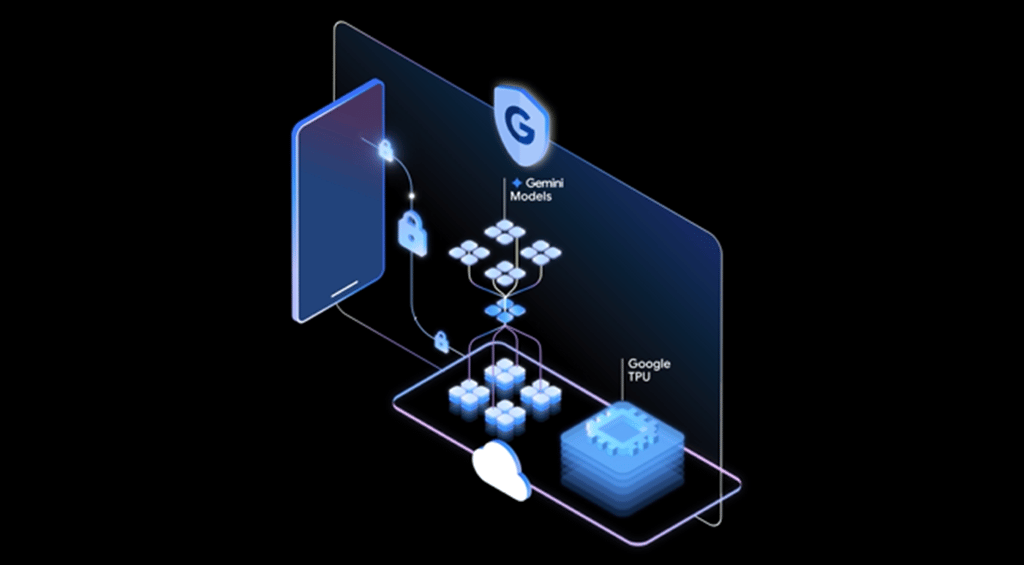Datamation content and product recommendations are
editorially independent. We may make money when you click on links
to our partners.
Learn More
Microsoft Build is my favorite Microsoft conference, because it showcases the things that developers can, are, and will do using Microsoft’s products. The live version of Build 2022 was last month, and if you didn’t attend at least the keynotes, you likely aren’t aware things are about to change in a big way.
Ever since Satya Nadella, someone who both understood the business and the technology, took over for Steve Ballmer as CEO and effectively became the new Bill Gates at Microsoft, we’ve been waiting for the second shoe to drop. The first shoe was Microsoft’s pivot to Azure and the cloud, which has largely replaced Windows as the core platform for Microsoft, and we’ve been expecting a cloud pivot for Windows. But much like we aren’t ready for a pure electric car, because we lack critical infrastructure, Microsoft is beginning with a four-processor hybrid PC that can increasingly dynamically switch loads between the cloud and the desktop.
They added another wild card at the same time. Because cloud isn’t the only big change coming into the market, they have created a better artificial intelligence (AI) desktop solution. And that’s not all. Much like NVIDIA’s AI-focused workstations, this platform is a workstation focused on creating Windows code that will run on ARM native. Yes, their coming focused workstation isn’t AMD- or Intel-based. It’s based on Qualcomm’s ARM implementation, instead of fixing the previous, less focused approach to the ARM platform.
Let’s talk about how Microsoft is changing the desktop experience by introducing ARM development hardware with an AI focus and hardware that appears to be designed to begin the transition from the desktop to the cloud for processing. I imagine OEMs and other chip makers aren’t exactly ecstatic about this, but developers should be dancing in the aisles.
Project Volterra: Hybrid workstation and quad-processor PC
Project Volterra is initially a development platform for ARM. But it is a unique piece of kit. The solution has four processors, a CPU, GPU, NPU, and what I’m calling an ACU. We’re familiar with CPUs and GPUs, but the NPU and ACU are new. The NPU is a focused neural processing unit focused on dedicated AI loads and handling those loads using a fraction of the power required by a non-dedicated CPU or GPU. The ACU is an Azure computing unit and refers to this being a hybrid PC that will shift processing capabilities from local to remote, depending on need.
The AI component suggests a significant future focus on AI accelerators across the PC segment and anticipates a future where the PC, using tools like GitHub Co-Pilot, will increasingly be able to do much of the repetitive work automatically for you.
For instance, at Build, Microsoft showcased that the new AI capability could reduce programing effort significantly, by anticipating what the user wanted to do next. Think of auto-complete but on a scale you’ve likely never seen before, using a tool like GitHub Copilot.
The big news from Build
There is a lot from Microsoft Build this year, like a tremendous shift in focus to improving collaborative capabilities between remote workers, while addressing the need for casual and side conversations. Customers calling out Microsoft’s focus on collaborating with them on new projects as opposed to, according to these customers, just showing them a catalog of things they can buy.
But for me, the big news is this reimagining of hardware. I still think we haven’t seen all that is coming, because Microsoft, after mostly making laptops, has created this new PC as a desktop PC. With the rise of head-mounted displays and Microsoft’s HoloLens offering, their next version of a four-processor laptop might not be a laptop at all but something very different.
Finally, Build was once again heavily focused on developers, and I can almost hear Ballmer in the wings, saying developers, developers, developers. He was right that developers are the past, present, and future of Microsoft. Build 2022 was a developer love fest, and the developers appeared to appreciate this renewed focus a lot.







